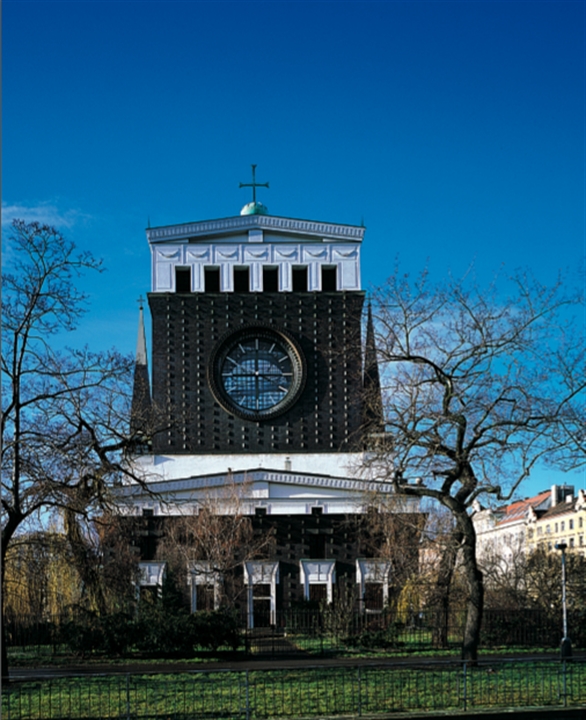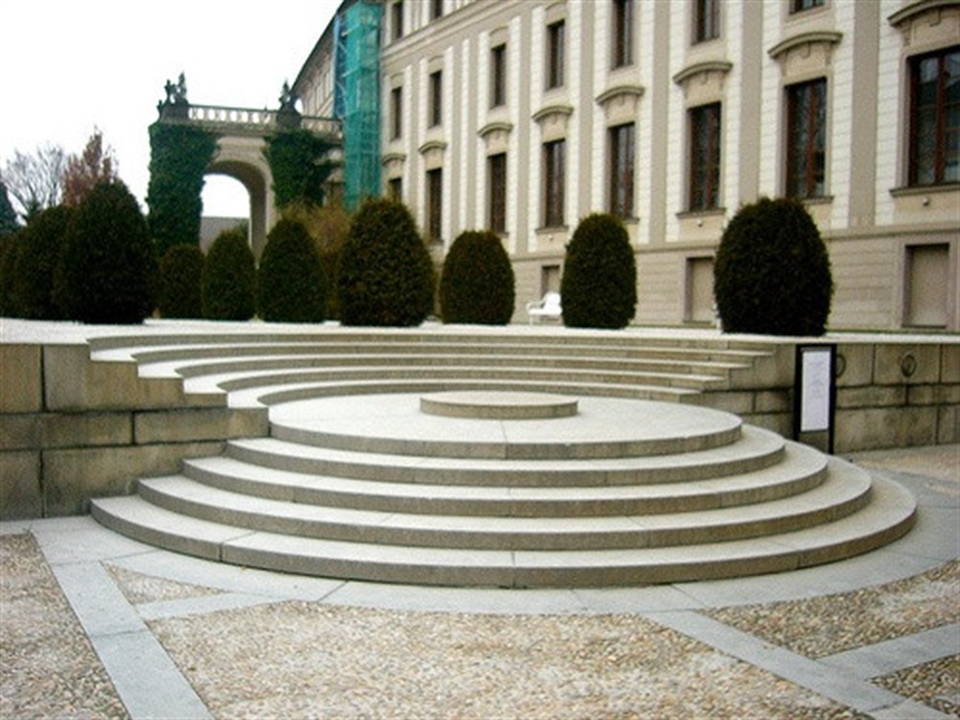Church of the Most Sacred Heart of our Lord
This strange train station like church was built in 1932 and is one of the most unique structures in the city of Prague. Unlike the majority of churches in Prague, this one, built in 1932, is modern in comparison to say the least. The Slovenian architect Joze Plecnik was also responsible for some innovative additions to Prague Castle. The strange brick church showcases a massive tower complete with a large transparent clock, giving it the train station look. Early Christian basilicas and Egyptian temples inspired the church. The interior is simple with a red and black color scheme. This is a ...

